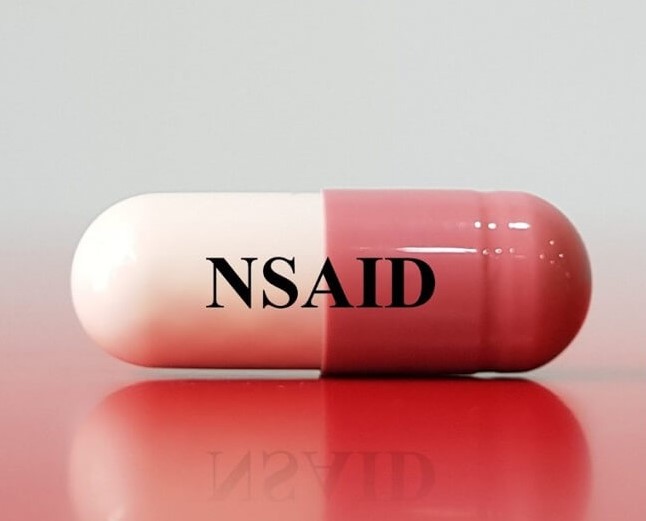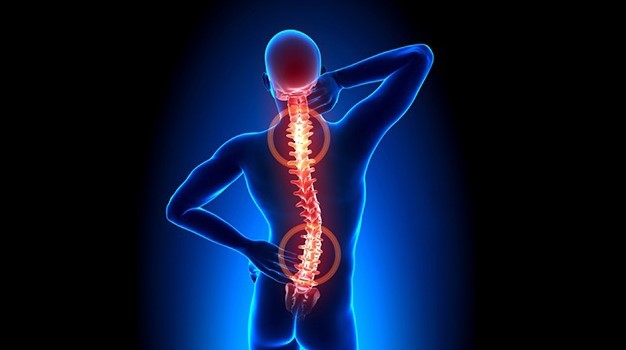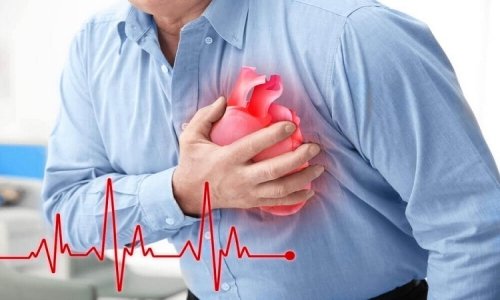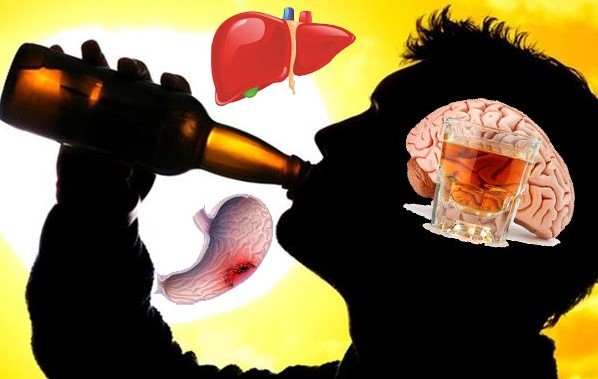Can ankylosing spondylitis be cured? Treatment
18/11/2023
Ankylosing spondylitis is a chronic bone and joint disease that can seriously affect the patient's daily life. Can the disease be completely cured? Find out how to treat the disease immediately through the following article!
I. Can ankylosing spondylitis be cured?
Currently, medicine has not yet found a method to completely cure patients with ankylosing spondylitis. The goal of treatment is to reduce pain, reduce joint stiffness, slow down and maximize the control of complications that appear, especially complications of spinal deformity. Most patients with ankylosing spondylitis can still achieve this treatment goal if detected and treated early before irreversible damage occurs.
II. Treatment methods for ankylosing spondylitis
Current methods used to treat ankylosing spondylitis are mainly as follows:
1. Medical treatment
Medicine is still the main treatment method for ankylosing spondylitis, effective in reducing pain, inflammation, and joint stiffness. Commonly used treatment drugs are non-steroidal anti-inflammatory drugs. Although they work quickly, they can cause some negative side effects for the digestive tract.
– NSAID group drugs:
This is the most common medication for treating ankylosing spondylitis with pain, which may or may not be accompanied by stiffness. The medicine will reduce the secretion of inflammatory substances prostaglandin to relieve pain, reduce swelling and arthritis.
Although they work quickly and effectively, this group of NSAIDs can cause some side effects if abused. First, regarding digestive problems, NSAID drugs often cause disorders such as nausea, abdominal pain, diarrhea, constipation, etc. More serious are stomach ulcers and bleeding, but they are rare, but need to be monitored. Prevent cardiovascular and blood pressure complications due to long-term use of NSAIDs to treat ankylosing spondylitis.

NSAIDs are the most commonly used drugs in the treatment of ankylosing spondylitis
Can use Celecoxib 200 - 400mg/day, Meloxicam 7.5 - 15 mg/day, Diclofenac 75 mg/day or Etoricoxib 60 - 90 mg/day.
– Pain relievers: Should combine Paracetamol and other combinations according to the WHO drug use chart.
– Muscle relaxants: Eperisone 50mg/time, 3 times/day or Thiocolchicoside 4mg/time, 3 times/day.
– Classic DMARD drugs:
Usually when using NSAID drugs is not effective or cannot control disease symptoms, slow-acting rheumatic DMARD drugs will be used. Commonly used drugs in this group such as methotrexate, sulfasalazine,... provide very good symptomatic treatment effects, especially helping to limit tissue damage caused by inflammation.
Some side effects when using this group of drugs that patients may experience include: headache, nausea, bloating, mouth ulcers, etc.
– Corticosteroid injection:
Corticosteroids directly inhibit the immune system and fight inflammation, so symptoms of joint pain and swelling in patients with ankylosing spondylitis will improve quickly. This group of drugs is often used as a local injection to limit side effects and achieve results more quickly.
Patients usually only experience pain after injection, and infection at the injection site is not too serious. Although effective, injectable Corticosteroids are not widely abused and are only used 3-4 times per year. Two consecutive injections must be several months apart.
– New DMARD biological drugs:
This is a new line of drugs, essentially proteins created from biotechnology that act on the body's natural proteins. Active medications will help the immune system block inflammatory cytokines, thereby better reducing pain and symptoms of ankylosing spondylitis.
Two groups of biological drugs used in the treatment of this spinal disease include: tumor necrosis factor TNF-alpha inhibitors and Interleukin inhibitors. Although safer than other treatments, biological drugs still cause side effects of increasing the risk of infection. Therefore, patients with ankylosing spondylitis treated with biological drugs must be closely monitored and prevent infection throughout the treatment process.
2. Physical therapy
Physical therapy is often used in combination for long-term treatment of ankylosing spondylitis, bringing many good effects such as reducing pain, improving movement, increasing flexibility of bones and joints,...

Physical therapy is also applied in the treatment of ankylosing spondylitis
3. Surgical treatment
Most patients with ankylosing spondylitis do not need surgical treatment, and surgery does not really provide many good results.
Surgery is only performed when the patient has severe pain or joint damage, requiring injury recovery intervention or artificial hip replacement.
Depending on the condition, diagnosis results, symptoms and response to treatment, the doctor will consider choosing the appropriate method. Therefore, patients should trust and comply with treatment to achieve the best results and control symptoms and disease progression.
If detected early and follow instructions with current ankylosing spondylitis treatment methods, patients can still improve symptoms and disease progression, thereby ensuring the best quality of life. Therefore, when there are signs of illness, you should immediately contact your doctor for diagnosis and treatment.
Related posts
What is systolic blood pressure?
18/11/2023
Blood pressure is one of the simplest parameters to evaluate human health status. High or low blood pressure will make us tired, uncomfortable and even lead to many dangerous complications. Blood pressure index consists of two components: systolic blood pressure and diastolic blood pressure. Among them, the systolic blood pressure index often receives the most attention.
[Warning corner] Are post-Covid sequelae dangerous?
18/11/2023
Not only does it affect health during the covid period, SARS-CoV-2 also leaves many sequelae after weeks of recovery. So what sequelae can be encountered? How do you overcome? Let's learn about this issue through the following article.
Treatment methods for heart failure
18/11/2023
Effective treatment of heart failure requires a combination of measures, from changing the patient's diet and lifestyle, treating the causes of heart failure (if possible), and combining medication to reduce symptoms. increase myocardial contractility. In more severe cases, patients also need support devices or heart transplant surgery.
Dangerous effects of alcohol and scary diseases
13/11/2023
Alcohol is a popular drink in parties with friends or customers, but alcohol abuse can lead to many unpredictable harms. Find out immediately about some scary diseases related to alcohol through the following article!




![[Warning corner] Are post-Covid sequelae dangerous?](https://eocvietnam.com/upload/images/bai-viet/hau-covid-1.jpg)



